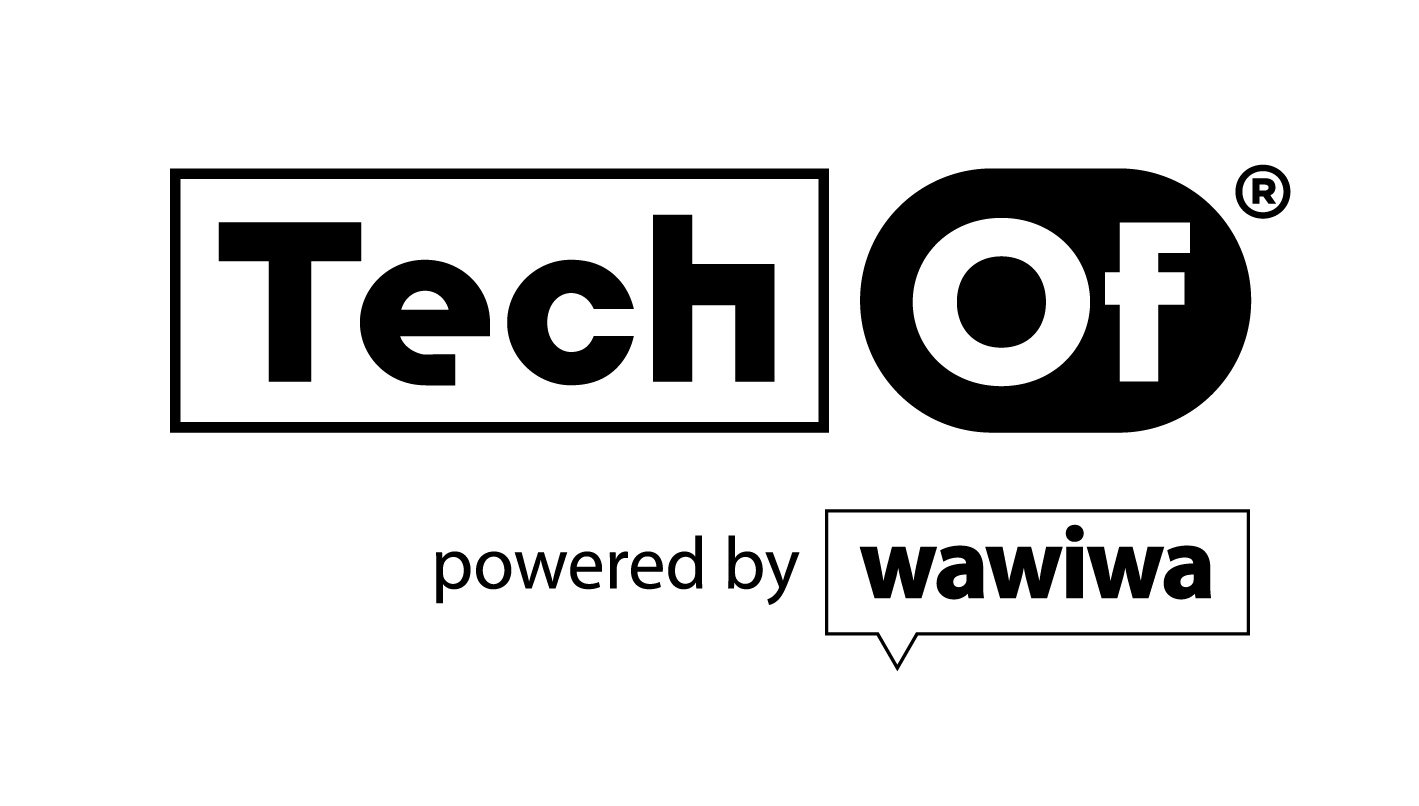Go Hybrid: Benefit From The Best of Online Learning and Frontal Instruction

- July 28, 2020
There’s never been a riper time to rethink the way we go about the business of learning. Even before the Covid-19 pandemic hit.
The Trend Towards Online Learning is Intensifying with The Onset of Covid-19.
Just like social distancing gave working from home a huge push forward, the pandemic is also catalyzing a major societal pivot towards online learning. Crowded, stuffy classrooms are notorious breeding grounds for viruses. This situation is intensified during the summer, when the air conditioner is on max and the windows are shut tight.
If that wasn’t enough, early estimations indicate that Covid-19 may have eliminated 305 million jobs in Q2 of 2020 alone. Right now, and for the foreseeable future, there’s a seemingly endless supply of hard-working individuals who need to navigate their careers towards tech-oriented directions; many of them are looking at online learning as a safe, cost-effective way to reskill to technology and relaunch their professional careers.
Forward-thinking enterprises are already getting in on the action. Microsoft recently announced an initiative to help 25 million people digitize their skill set through free access to a range of online resources from LinkedIn, GitHub and Microsoft.
Still, Online Learning is Not Enough
Despite all good intentions, it seems that online learning on its own won’t do the trick, for several reasons.
First, simply put, online learning requires a level of commitment and self-discipline that most of us just don’t have. Little to no real face-to-face time with teachers and other students creates low levels of accountability, which translates to less commitment and fewer reasons to stick it out when the going gets tough. This also means that networking among students, one of the main benefits of higher education, doesn’t really take place.
Second, the online learning environment lacks direct interaction. This negatively affects the development of soft skills such as collaboration, leadership and empathy which are critical to work in digital professions.
Third, online learning is less effective at transferring knowledge than frontal learning. This means that teaching the same amount of information takes longer and requires more reading.
Taking all of this into account, it’s no wonder that online courses’ dropout rates are 20% higher than those of traditional courses, with overall attrition rates ranging between 40-80%.
Traditional Learning Has Its Drawbacks Too…
For the time being and despite efforts to mitigate the negatives of online learning, it seems that traditional face-to-face frontal teaching in the classroom is still the most effective way to learn. Unfortunately, traditional education also leaves much to be desired. Sitting in a classroom for hours on end can get monotonous and students often lose focus. Some subjects are learned more effectively independently or in small breakout groups.
For some, online learning also produces real benefits. Motivated, ambitious students can learn at their own pace, without having to wait for others to catch up. What’s more, online learning empowers students to learn on their own and to master the art of remote work, both crucial skills for the current times and digital professions.
Hybrid Learning: The Best of All Worlds
The most effective way to learn is therefore neither online or offline. It’s “hybrid.” A hybrid offline and online educational model lets students benefit from the best of both worlds. Such a model sees programs taught mostly in a live, in-class format, with some materials delivered online.
The hybrid format also makes it easier to move to a pure online delivery model in case of pandemic outbreaks and quarantines. Even online classes are better taught live instead of being pre-recorded. That way, students are alert, committed to sit and learn during class, and can engage with one another and get personal attention from the teacher. Such live classes boost accountability and increase attendance and course completion.
Eran Lasser is the CEO and founder of Wawiwa Tech Training, an education provider that establishes local centers to reskill people for tech professions. Wawiwa uses the hybrid model in its programs. Eran shares his reasoning for choosing the hybrid learning model: “Decades of pedagogical training experience has shown me that online learning isn’t right for everyone. Face-to-face instruction is still the most effective way to teach. However, as the world and many tech professions move online, and remote work becomes more dominant, training programs also need to be flexible and find the optimal hybrid mix of online and offline. Each topic should be examined to find the structure most suitable to delivering the knowledge or skills. Moreover, times of social distancing may require classes to shift to live, online courses, even if such delivery model is less effective — it’s better than no studies at all. At Wawiwa, we utilize a hybrid learning model in our partners’ brick-and-mortar training centers worldwide, alongside online sessions, but we can move to a pure online model for all training programs when needed.”

Eran Lasser, CEO and founder at Wawiwa Tech Training

